Home>Garden Essentials>When To Plant Cabbage Seeds
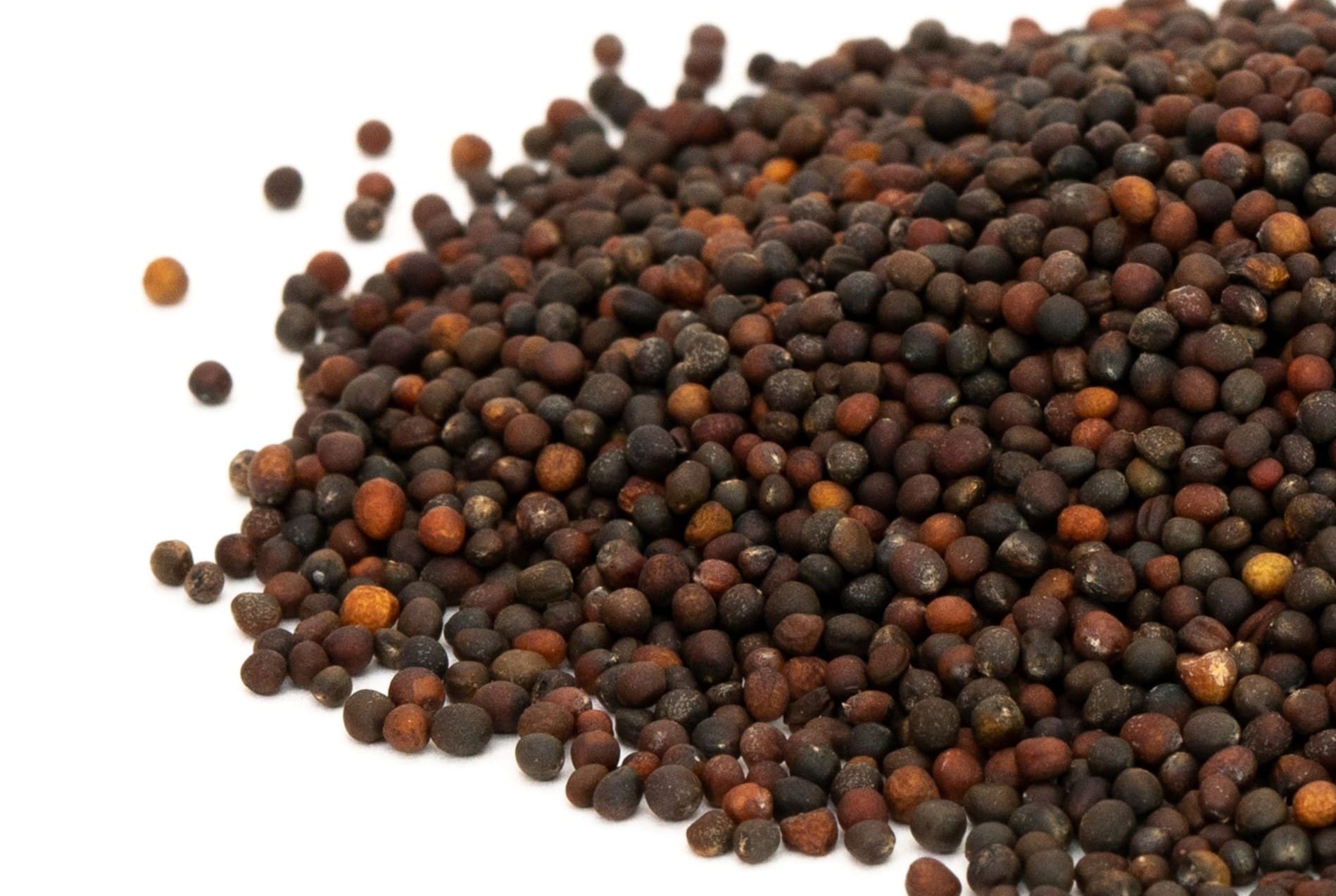

Garden Essentials
When To Plant Cabbage Seeds
Modified: March 15, 2024
Learn when to plant cabbage seeds in your garden for a successful harvest. Find out the best time to start growing cabbage and enjoy fresh, homegrown produce.
(Many of the links in this article redirect to a specific reviewed product. Your purchase of these products through affiliate links helps to generate commission for Storables.com, at no extra cost. Learn more)
Introduction
Gardening is a fulfilling and rewarding hobby that allows you to connect with nature and grow your own delicious vegetables. One plant that is particularly popular among gardeners is cabbage. With its crisp leaves and versatile culinary uses, cabbage is a staple in many kitchens.
However, to successfully grow cabbage, it is crucial to start with the right foundation – planting the seeds at the right time and in the optimal conditions. In this article, we will guide you through the process of planting cabbage seeds, from determining the best time to plant to caring for the seedlings and harvesting the mature plants.
Before diving into the details of planting cabbage seeds, it is important to understand that cabbage is a cool-season crop, meaning that it thrives in cooler temperatures. This knowledge will help you plan your growing season and ensure a bountiful harvest.
So, whether you are an experienced gardener looking to grow cabbage for the first time or a beginner eager to start your gardening journey with this versatile vegetable, read on to learn all the essential information on when to plant cabbage seeds.
Key Takeaways:
- Plant cabbage seeds in spring for milder climates or in fall for regions with hot summers. Ensure well-drained, fertile soil and provide proper care to enjoy a bountiful harvest of delicious cabbage.
- Protect cabbage seedlings from pests like cabbage worms and diseases like clubroot. Harvest mature cabbage heads when firm and store properly for long-lasting freshness.
Read more: When To Sow Cabbage Seeds
Factors to Consider Before Planting Cabbage Seeds
Before diving into the process of planting cabbage seeds, it is important to consider a few factors that can greatly impact the success of your cabbage crop. By taking these factors into account, you can ensure that your plants have the best chance of thriving and producing a bountiful harvest.
1. Climate: Cabbage is a cool-season crop that prefers moderate temperatures ranging between 60°F and 70°F (15°C – 21°C). It is important to choose a planting time when the temperatures are within this range to promote healthy growth.
2. Location: Cabbage requires full sun exposure to thrive. Choose a location in your garden that receives at least 6 hours of direct sunlight each day. Additionally, ensure that the area has well-drained soil to prevent waterlogging, which can lead to root rot.
3. Soil pH: Cabbage thrives in slightly acidic to neutral soil with a pH range of 6.0 to 7.5. Before planting cabbage seeds, test the soil pH using a soil testing kit or consult your local agricultural extension office for guidance. If the pH is too low or too high, you can amend the soil with organic matter or lime to achieve the optimal pH level.
4. Companion Planting: Consider planting cabbage alongside compatible companion plants that can help deter pests and improve overall growth. Some suitable companions for cabbage include marigolds, onions, and celery.
5. Spacing: Adequate spacing is essential for cabbage plants to grow and develop properly. Ensure that you leave enough space between the plants to allow for proper air circulation and prevent overcrowding, which can lead to disease problems.
By taking these factors into consideration before planting cabbage seeds, you will set the stage for a successful growing season. Now that you have a better understanding of the key factors to consider, let’s move on to the optimal soil conditions for planting cabbage seeds.
Optimal Soil Conditions for Planting Cabbage Seeds
Creating the right growing environment is crucial for the success of your cabbage crop. The soil conditions play a significant role in determining the health and productivity of your plants. Here are the optimal soil conditions for planting cabbage seeds:
1. Well-Drained Soil: Cabbage plants prefer well-drained soil that allows excess water to seep away quickly. Poorly drained soil can lead to waterlogging, which can cause root rot and other diseases. Ensure that the soil has good drainage by adding organic matter such as compost or well-rotted manure to improve the soil structure.
2. Fertile Soil: Cabbage is a heavy feeder and requires nutrient-rich soil for optimal growth. Prior to planting, enrich the soil with organic matter such as compost or aged manure to boost its fertility. This will provide the essential nutrients necessary for healthy plant development.
3. Neutral to Slightly Acidic pH: Cabbage thrives in soil with a pH range of 6.0 to 7.5. Test the pH of your soil using a soil testing kit. If the pH falls outside the recommended range, you can adjust it by adding lime to raise the pH or sulfur to lower the pH.
4. Adequate Drainage: As mentioned earlier, cabbage prefers well-drained soil. To improve drainage, consider planting cabbage on raised beds or mounds to ensure excess water runs off easily.
5. Organic Matter: Incorporating organic matter into the soil improves its structure, drainage, and nutrient-holding capacity. Add compost, well-rotted manure, or other organic amendments to the soil before planting to provide a nutrient-rich environment for your cabbage plants.
In addition to considering these soil conditions, it is also essential to perform regular soil tests to monitor the nutrient levels and pH of the soil. This will allow you to make any necessary adjustments and provide the best growing conditions for your cabbage plants.
Now that you have a clear understanding of the optimal soil conditions, let’s move on to determining the best time of year to plant cabbage seeds.
Best Time of Year to Plant Cabbage Seeds
Choosing the right time to plant cabbage seeds is crucial for the success of your crop. Cabbage is a cool-season vegetable, meaning it prefers to grow in cooler temperatures. Here are the best times of year to plant cabbage seeds:
1. Spring: Spring is an ideal time to plant cabbage seeds, especially in regions with mild and temperate climates. Planting in early spring allows the young seedlings to establish before the summer heat sets in. Aim to plant cabbage seeds 4-6 weeks before the last expected frost date in your area.
2. Fall: In regions with hot summers, planting cabbage seeds in the fall can yield better results than planting in the spring. By sowing the seeds in late summer or early fall, the cabbage plants will mature in the cooler temperatures of autumn, resulting in larger heads and a sweeter flavor. Aim to plant cabbage seeds around 10-12 weeks before the first expected frost date.
It is important to note that the exact planting times may vary depending on your specific location and climate. To determine the best planting time for your area, consult a local gardening guide or your agricultural extension office for specific recommendations.
Regardless of the season you choose to plant cabbage seeds, it is essential to monitor the weather conditions. If temperatures drop significantly below freezing, provide protection to your young cabbage seedlings with the help of row covers or cold frames.
Now that you know the optimal times of year to plant cabbage seeds, let’s move on to the next step – preparing the cabbage seeds for planting.
How to Prepare Cabbage Seeds for Planting
Properly preparing cabbage seeds before planting is essential for ensuring healthy germination and strong seedlings. Taking the time to prepare the seeds will increase their viability and give your cabbage plants the best chance of success. Follow these steps to prepare cabbage seeds for planting:
- Choose high-quality seeds: Start with reputable seed suppliers or save seeds from previous healthy cabbage plants. Select seeds that are not expired and known for good germination rates.
- Perform seed germination test (optional): If you are unsure about the viability of your cabbage seeds, you can conduct a simple seed germination test. Place a few seeds on a damp paper towel or in a small container with moist soil and keep them warm and moist. After a few days, check how many seeds have sprouted. This will give you an idea of the germination rate and help you determine how many seeds to plant.
- Clean the seeds: If you are using seeds saved from a previous harvest, make sure to separate the seeds from any plant debris. Remove any small pieces from the seeds, as these can inhibit germination.
- Treat seeds for disease prevention (optional): To prevent fungal and bacterial diseases, you can treat the cabbage seeds with a fungicide or soak them in a dilute solution of hydrogen peroxide. Follow the instructions on the product label for proper treatment of the seeds.
- Start seeds indoors (optional): To get a head start on the growing season, you can start cabbage seeds indoors 4-6 weeks before the last expected frost. Use seed trays filled with a good quality seed starting mix. Sow the seeds at a depth of ¼ inch and keep them warm and moist until germination.
- Harden off seedlings (if started indoors): Before transplanting the seedlings outdoors, gradually expose them to outdoor conditions for a week or two. This process, known as hardening off, helps acclimate the seedlings to the outdoor environment and prevents shock.
By following these steps to prepare cabbage seeds before planting, you will ensure that your seeds have the best chance of germinating and developing into strong, healthy seedlings. Now that your seeds are ready, let’s move on to the next step – planting cabbage seeds in your garden.
Plant cabbage seeds in early spring, 4-6 weeks before the last frost date. They prefer cool temperatures and will thrive in well-drained, fertile soil. Keep the soil consistently moist for best results.
Read more: When To Plant Seeds For Garden
Step-by-Step Guide to Planting Cabbage Seeds
Planting cabbage seeds requires a systematic approach to ensure proper spacing, depth, and care. By following these step-by-step instructions, you will be well on your way to growing healthy and productive cabbage plants:
- Choose the planting location: Select a sunny spot in your garden with well-drained soil. Avoid areas prone to waterlogging.
- Prepare the soil: Prior to planting, loosen the soil with a garden fork or tiller. Remove any weeds or debris and incorporate organic matter, such as compost or aged manure, to improve soil fertility.
- Determine the spacing: Cabbage plants need adequate space to grow. Space the rows 2-3 feet apart, and leave about 18-24 inches of space between individual plants.
- Sow the seeds: Create shallow furrows in the soil, approximately ¼ inch deep. Place the cabbage seeds about 2 inches apart inside the furrows. Cover the seeds lightly with soil and gently pat it down.
- Water thoroughly: After planting, water the soil thoroughly to ensure good seed-to-soil contact. Keep the soil evenly moist but not waterlogged throughout the germination period.
- Thin the seedlings: Once the seedlings have sprouted and developed their first set of true leaves, thin them out to provide adequate space. Remove the weaker seedlings, leaving the strongest plant at the desired spacing.
- Mulch: Apply a layer of organic mulch, such as straw or wood chips, around the base of the cabbage plants. This will help retain moisture, suppress weed growth, and regulate soil temperature.
- Provide proper care: Water the cabbage plants regularly, keeping the soil consistently moist. Monitor for pests and diseases, and take appropriate action if necessary. Fertilize the plants with a balanced fertilizer according to the package instructions to promote healthy growth.
- Protect the seedlings: If the weather turns cold or frost is expected, provide protection to the young seedlings with the help of row covers or cloches. This will help prevent damage and ensure the seedlings continue to grow.
By following these steps, you will have successfully planted cabbage seeds in your garden. Now, it’s time to provide proper care and attention to ensure the seedlings thrive and grow into mature cabbage plants. Let’s explore the essential aspects of caring for cabbage seedlings in the next section.
Caring for Cabbage Seedlings
Proper care is essential for the healthy growth and development of cabbage seedlings. By providing the right conditions and attending to their needs, you can ensure that your seedlings thrive and transition into robust cabbage plants. Here are some important care practices for cabbage seedlings:
- Watering: Cabbage seedlings require consistent moisture to establish a strong root system. Water the plants deeply, keeping the soil evenly moist throughout the growing season. Avoid overwatering, as it can lead to root rot and other diseases. Using a drip irrigation system or watering at the base of the plants can help minimize excess moisture on foliage.
- Fertilization: To support healthy growth, fertilize cabbage seedlings with a balanced fertilizer. Apply the fertilizer according to the package instructions, usually every 4-6 weeks, or as needed based on soil test results. Avoid over-fertilization, as it can lead to excessive leafy growth at the expense of cabbage head formation.
- Weed Control: Keep the area around the cabbage seedlings free from weeds. Weeds compete with the seedlings for nutrients, water, and sunlight, inhibiting their growth. Regularly remove any weeds by hand or use mulch to suppress weed growth.
- Protection from Pests: Cabbage seedlings are susceptible to various pests, such as cabbage worms, flea beetles, and aphids. Monitor your plants regularly and take action at the first sign of infestation. Use organic pest controls like insecticidal soap, neem oil, or companion planting with pest-repellent plants to deter pests.
- Monitoring for Diseases: Cabbage seedlings can be vulnerable to diseases like clubroot, black rot, and powdery mildew. Inspect the leaves regularly for any signs of disease, such as discoloration or wilting. Remove any infected plants and follow proper sanitation practices to prevent the spread of diseases.
- Supporting Growth: As the cabbage plants grow, some varieties may benefit from additional support. Consider using stakes or cages to provide support and prevent the plants from toppling over, especially as they develop heavy heads.
- Providing Adequate Sunlight: Ensure that your cabbage seedlings receive at least 6 hours of direct sunlight each day. If you notice that the plants are receiving insufficient sunlight due to shading from nearby plants or structures, consider relocating the seedlings to a sunnier spot in the garden.
By following these care practices, you will provide the necessary support and conditions for your cabbage seedlings to grow into healthy, vibrant plants. Now let’s explore common pests and diseases that can affect cabbage seedlings and how to manage them effectively.
Common Pests and Diseases of Cabbage Seedlings
Like any other plant, cabbage seedlings can fall victim to various pests and diseases that can hinder their growth and productivity. It is important to be proactive in identifying and managing these issues to ensure the health and vitality of your cabbage plants. Here are some common pests and diseases that affect cabbage seedlings:
Pests:
- Cabbage Worms: These green caterpillars feed on the foliage of cabbage plants, causing substantial damage. Hand-pick the worms off the leaves or use organic insecticides like Bacillus thuringiensis (BT) to control their population.
- Flea Beetles: These small, jumping beetles chew tiny holes in the leaves, giving the plants a shot-hole appearance. Use floating row covers or apply insecticidal soap to deter and manage flea beetle infestations.
- Aphids: Aphids are small, soft-bodied insects that suck sap from the leaves, causing them to become distorted and stunted. Spray the affected plants with a strong jet of water or use insecticidal soap to control aphid populations.
- Slugs and Snails: These slimy pests can cause significant damage to the leaves and young seedlings. Hand-pick them in the evening or use organic slug pellets or traps to manage their population.
Diseases:
- Clubroot: Clubroot is a soil-borne disease that causes the roots of cabbage plants to become swollen and distorted. Practice crop rotation, avoid overwatering, and ensure proper drainage to prevent clubroot. If present, remove infected plants and treat the soil with lime or sulfur according to the pH requirements.
- Black Rot: Black rot is a bacterial disease that causes blackened veins and yellowing of the leaves, eventually leading to plant death. Practice crop rotation, remove infected plants promptly, and avoid overhead watering to prevent the spread of black rot. Plant certified disease-free seeds to minimize the risk.
- Powdery Mildew: Powdery mildew appears as a white powdery coating on the leaves, causing stunted growth and reduced vigor. Ensure proper air circulation, avoid overhead watering, and apply fungicidal sprays as a preventive measure against powdery mildew.
- Downy Mildew: Downy mildew causes yellow or brown patches on the leaves, often accompanied by a fuzzy, grayish coating on the underside. Provide adequate air circulation, practice proper spacing, and apply appropriate fungicides to control downy mildew outbreaks.
Regular monitoring, proper sanitation, and maintaining healthy growing conditions will help prevent and manage these common pests and diseases of cabbage seedlings. By being vigilant and taking appropriate action, you can protect your cabbage plants and ensure a successful harvest. Now, let’s move on to the next step – harvesting cabbage plants.
Harvesting Cabbage Plants
Harvesting cabbage plants at the right time is crucial to ensure the best flavor, texture, and overall quality of the cabbage heads. Typically, cabbage is ready for harvest when the heads reach full size and feel firm to the touch. Here are some guidelines for harvesting cabbage plants:
- Check for maturity: Cabbage heads should be firm and feel solid when gently squeezed. The heads should have reached their full size, and the outer leaves may be tightly folded over the head.
- Inspect the outer leaves: Examine the outer leaves of the cabbage plant. If they start to turn yellow or show signs of damage or disease, it’s a good indication that the cabbage is ready for harvest.
- Consider the days to maturity: Different cabbage varieties have varying days to maturity, ranging from 70 to 120 days. Check the seed packet or variety description to estimate the expected harvest time for your specific cabbage variety.
- Harvest in the morning: The best time to harvest cabbage is in the morning when the plants are hydrated and temperatures are cooler. This helps to maintain the crispness and freshness of the cabbage heads.
- Use a sharp knife: Use a clean and sharp knife for harvesting cabbage. Slice the stem just above the soil level, taking care not to damage any neighboring plants.
- Leave the outer leaves: After harvesting the cabbage head, leave the outer leaves intact. These leaves provide protection to any small cabbage heads that may still be developing on the same plant.
- Properly store or use immediately: Cabbage can be stored for several weeks in a cool, dry place, such as a root cellar or refrigerator. If you plan to use the cabbage immediately, rinse it under cold water to remove any dirt or debris before cooking or preparing.
Remember that while cabbage heads can be harvested when they reach full size, you can also harvest them at smaller sizes if you prefer a more tender texture. Additionally, if the cabbage heads do not develop fully and remain loose, they may be signs of inadequate growing conditions or pests and should be harvested and used promptly.
By following these guidelines, you can harvest your cabbage plants at the optimal time and enjoy the flavorful and nutritious bounty of your garden. Now, let’s summarize the key points covered in this article.
Read more: When To Plant Gaillardia Seeds
Conclusion
Growing cabbage from seeds can be a rewarding experience that allows you to enjoy the bountiful harvest of this versatile and nutritious vegetable. By understanding the factors to consider, preparing the soil, and planting the seeds at the appropriate time, you can give your cabbage seedlings the best chance of thriving. Caring for the seedlings, managing pests and diseases, and harvesting the mature cabbage heads are all important steps in the process.
Remember to consider the optimal soil conditions, such as well-drained and fertile soil, and provide proper spacing and sunlight for healthy growth. Regular watering, fertilization, and weed control are essential care practices for cabbage seedlings. Monitor for common pests like cabbage worms, aphids, and flea beetles, and take action to protect your plants from damage.
Additionally, stay vigilant for diseases like clubroot, black rot, and powdery mildew, and practice proper sanitation and prevention. Harvesting cabbage heads at the right time ensures optimal flavor and texture, and storing them properly allows for longer enjoyment.
As a gardener, you have the opportunity to cultivate your own fresh and nutritious cabbage, whether it’s for salads, stir-fries, or your favorite cabbage-based dishes. By following the guidelines and tips outlined in this article, you can successfully grow and harvest healthy and delicious cabbage plants.
So, whether you’re a seasoned gardener or just starting out, make use of this information to plant cabbage seeds, care for the seedlings, and enjoy a bountiful harvest of homegrown cabbage. Enjoy the satisfaction of growing your own food and savor the taste of fresh, homegrown cabbage from your garden. Happy gardening!
Frequently Asked Questions about When To Plant Cabbage Seeds
Was this page helpful?
At Storables.com, we guarantee accurate and reliable information. Our content, validated by Expert Board Contributors, is crafted following stringent Editorial Policies. We're committed to providing you with well-researched, expert-backed insights for all your informational needs.








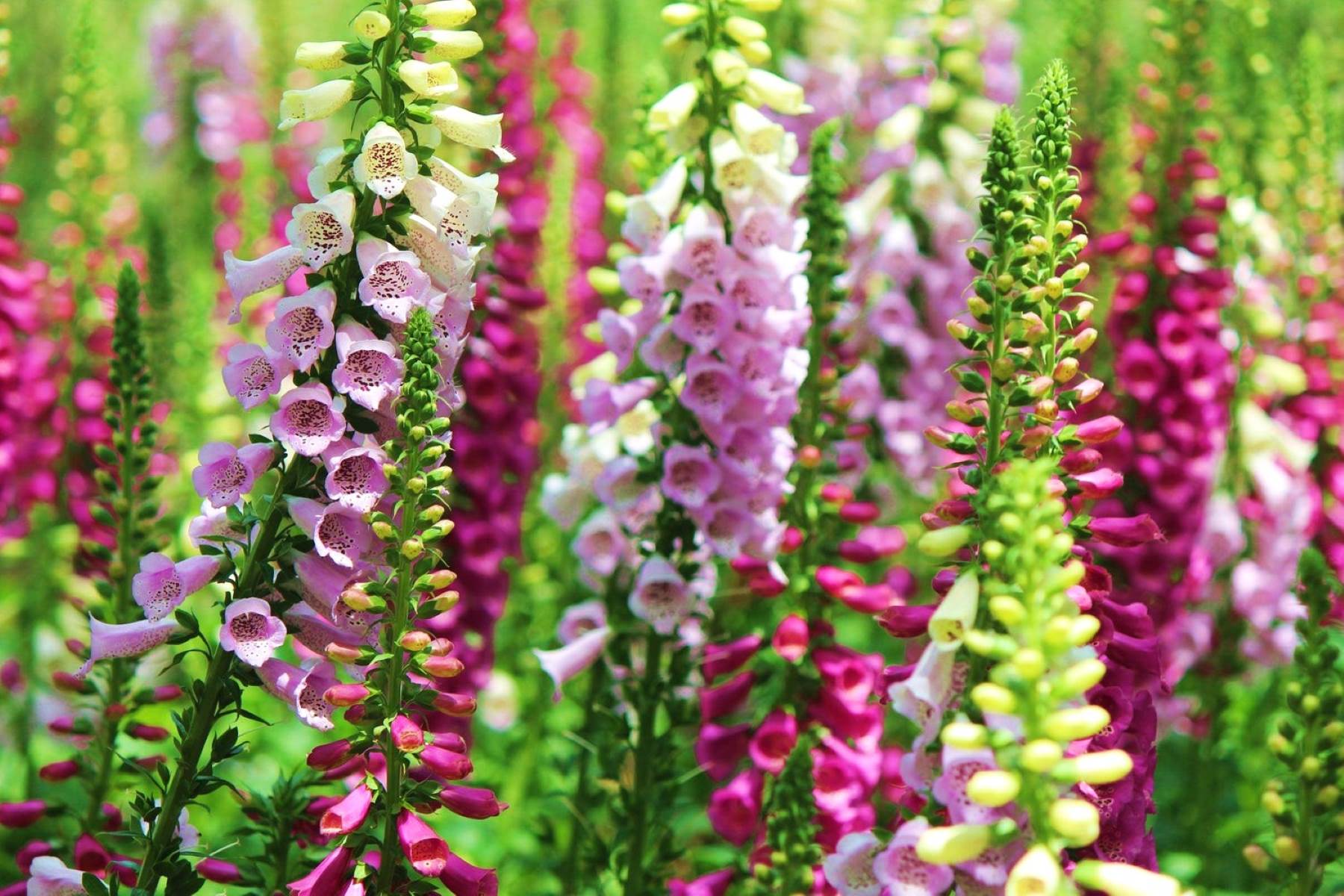
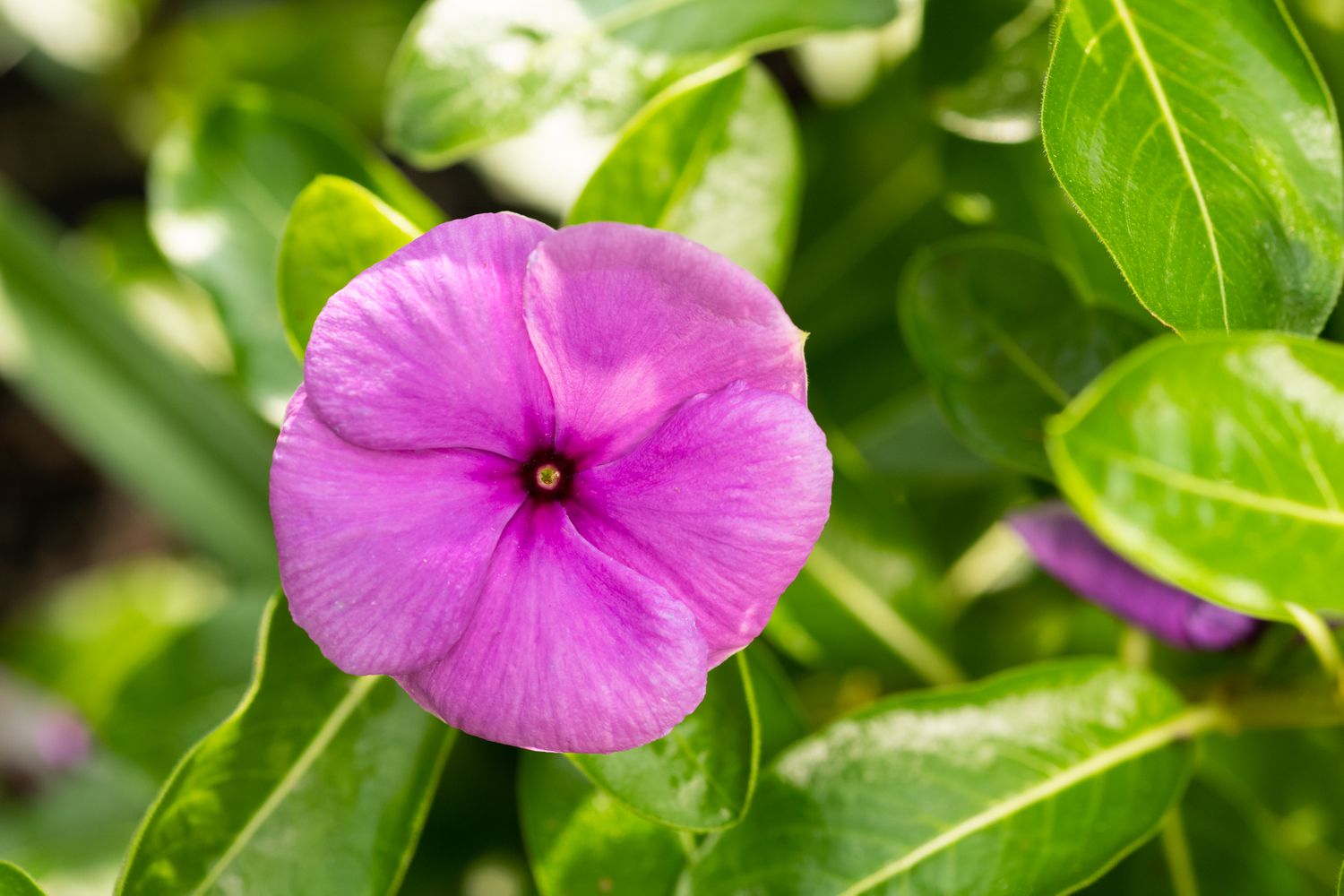
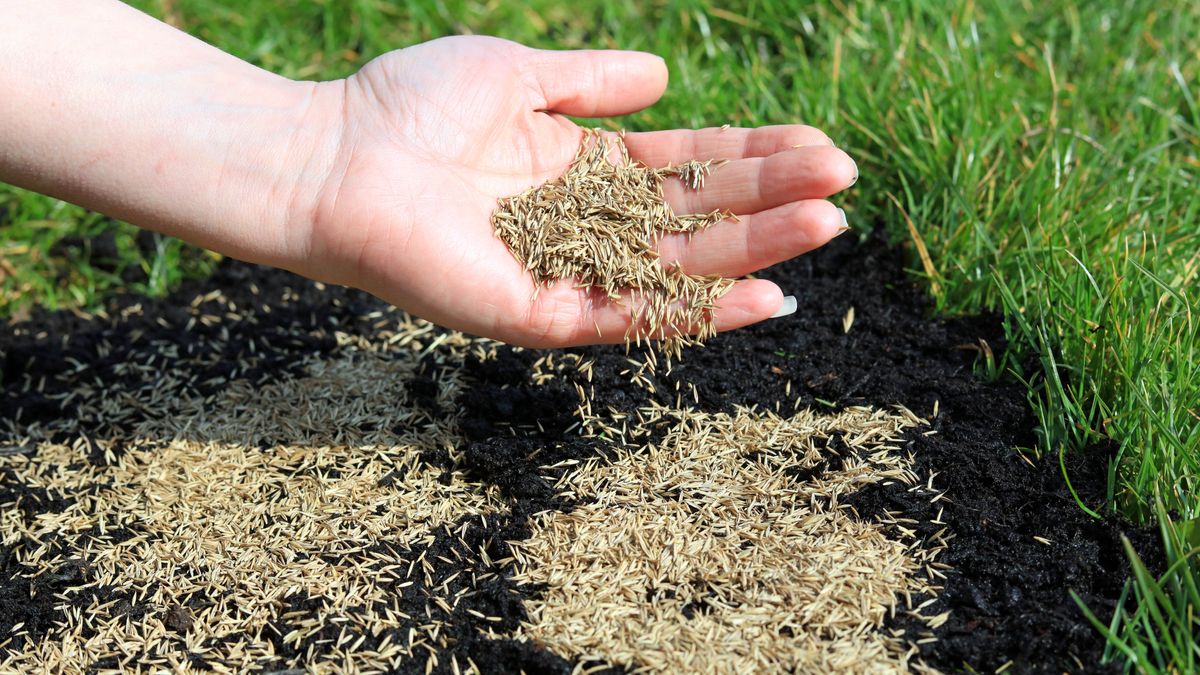
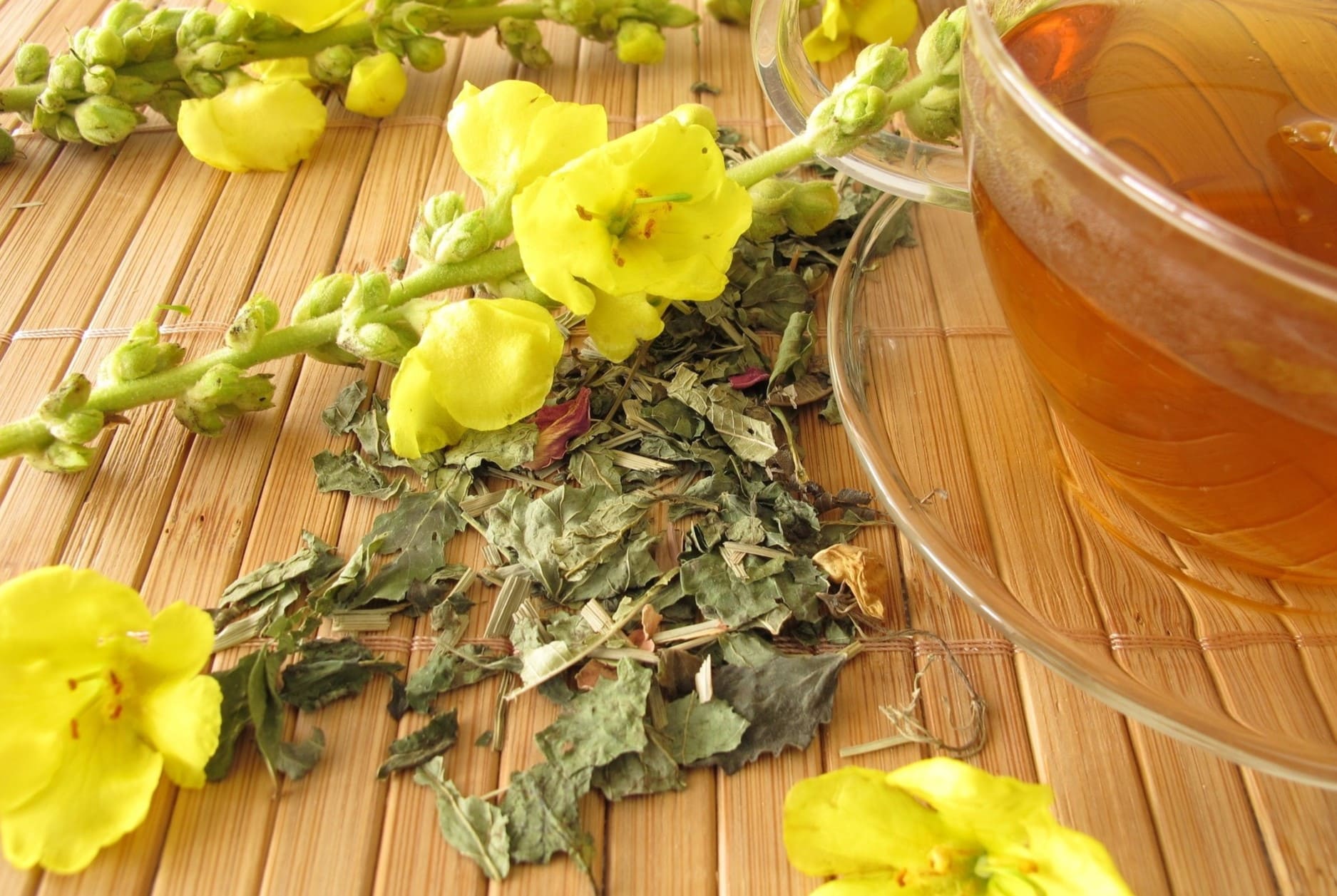
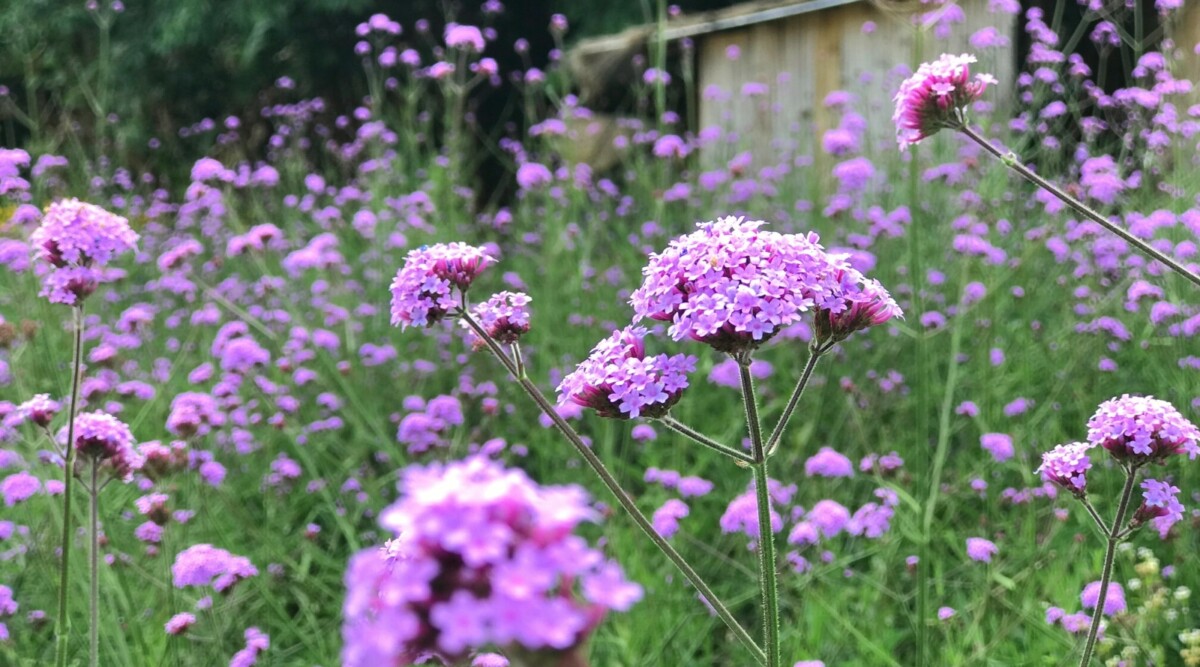

0 thoughts on “When To Plant Cabbage Seeds”